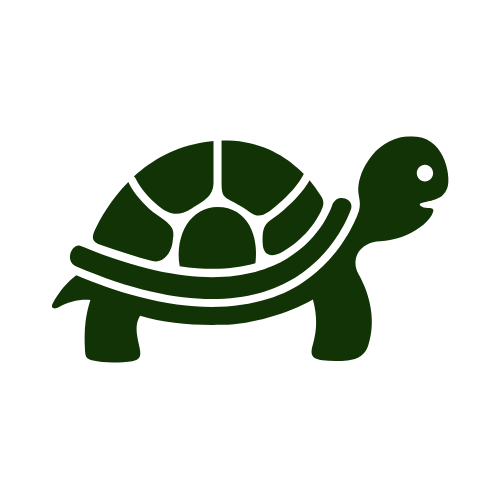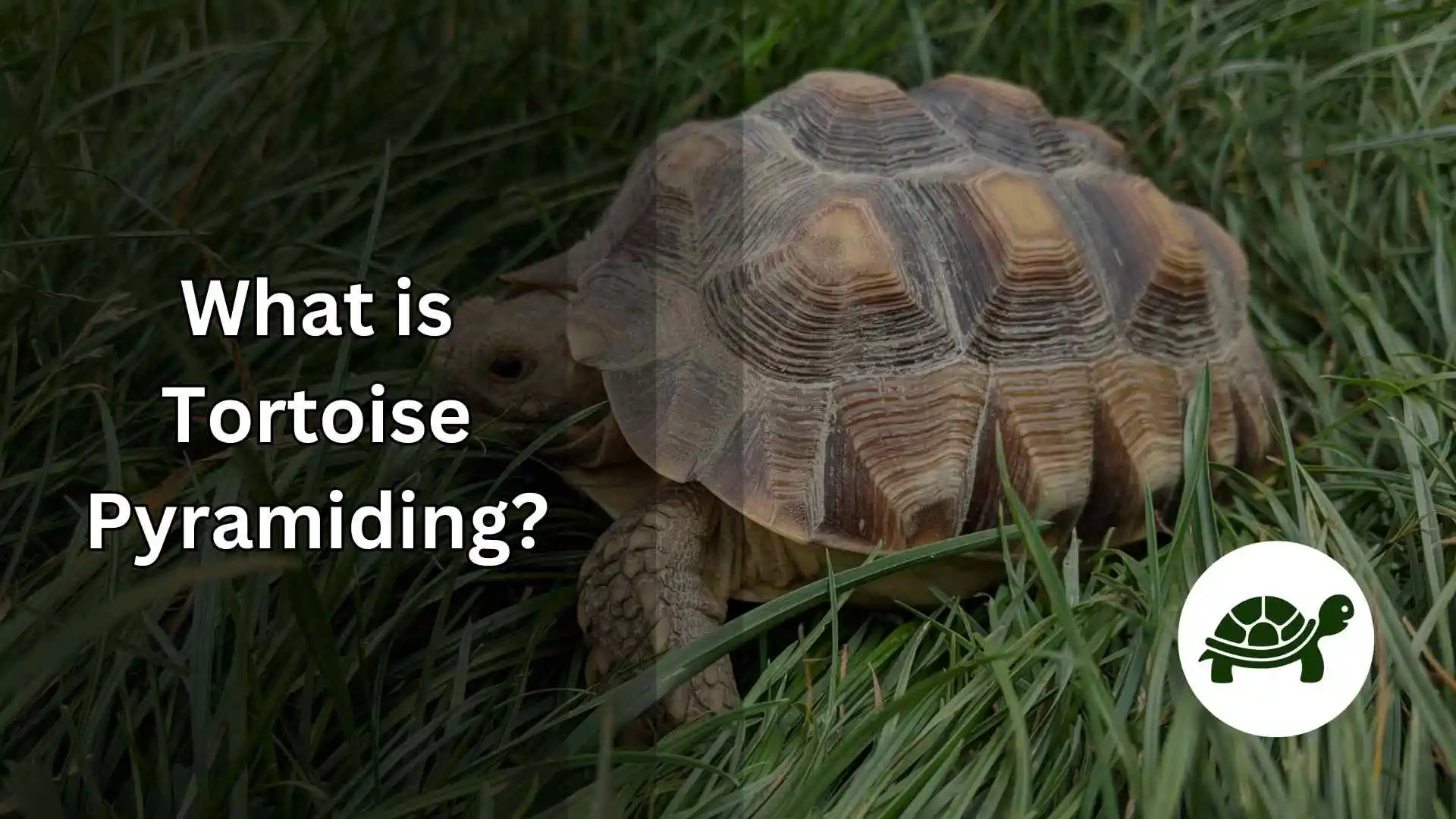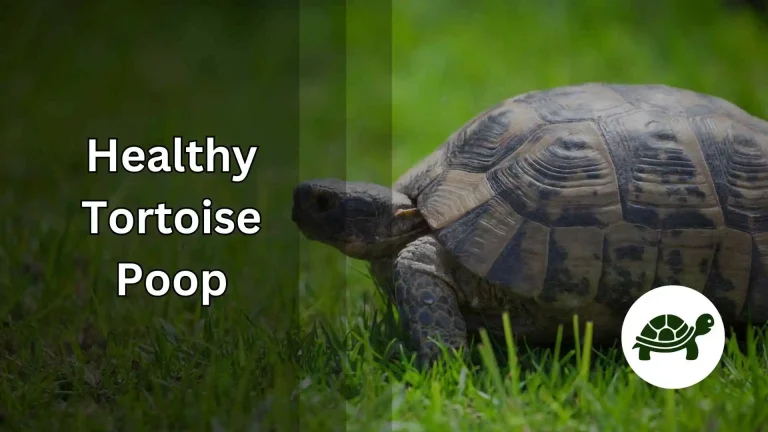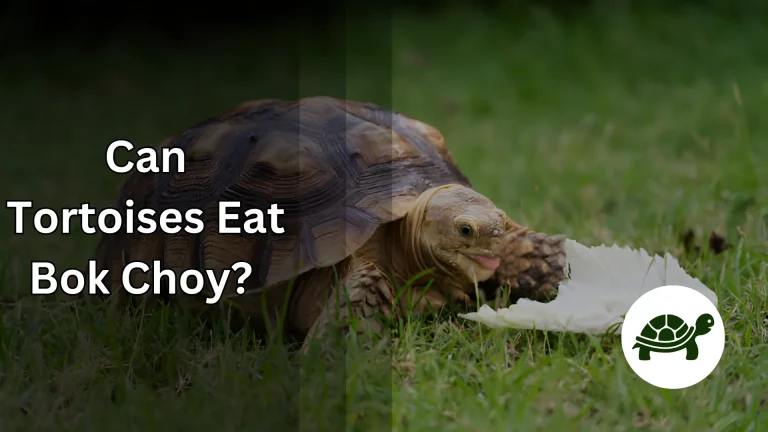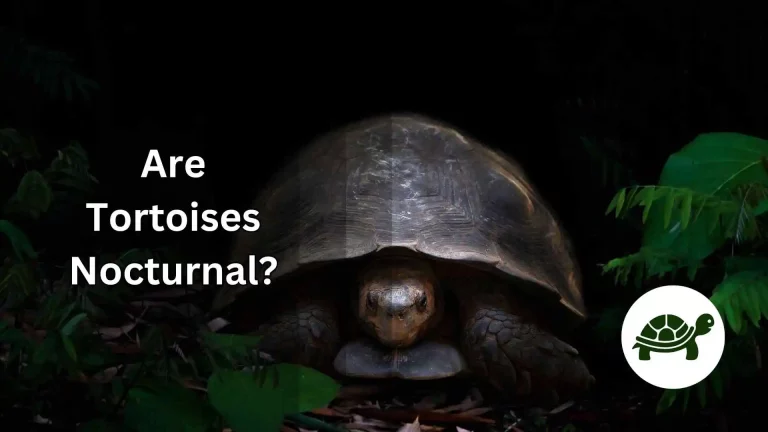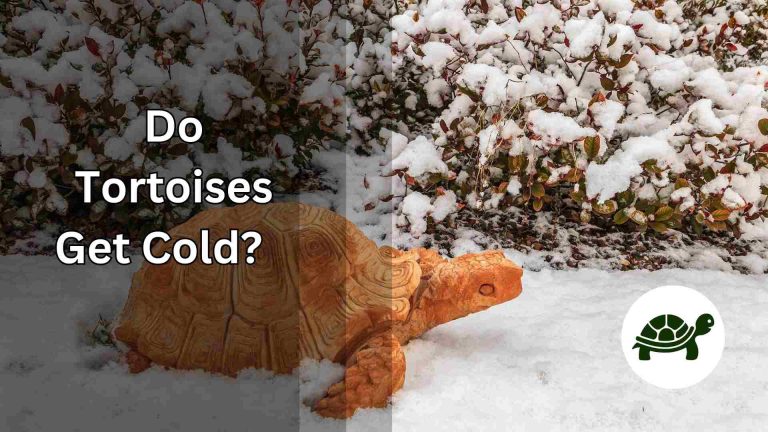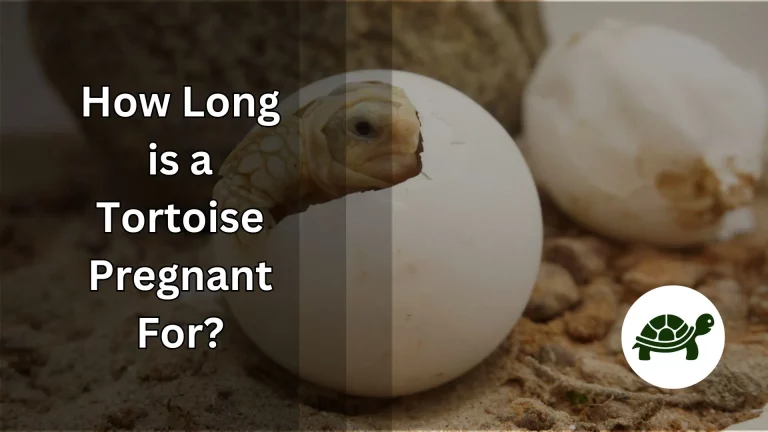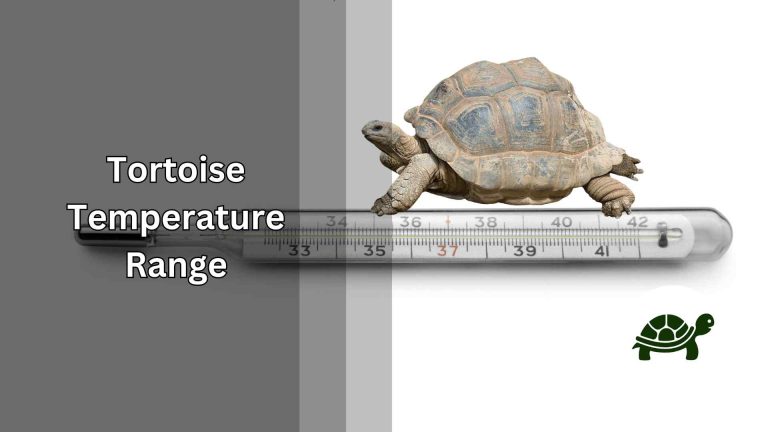What is Tortoise Pyramiding and How to Avoid It?
Have you ever looked at your tortoise’s shell and wondered if its shape is normal or a cause for concern? If you’re a tortoise parent, understanding the condition known as “tortoise pyramiding” is essential for ensuring your pet’s long-term health and well-being. This common but often misunderstood condition can affect various tortoise species and has important implications for their quality of life.
In this comprehensive guide, we’ll delve deep into what tortoise pyramiding is, why it happens, and—most importantly—how to prevent or manage it. Whether you’re a new tortoise owner or a seasoned enthusiast, this article will equip you with the knowledge you need to keep your shelled friend healthy and happy.
So let’s dive in, shall we? Your tortoise’s optimal health could very well depend on the insights and tips you’re about to discover.
What is Tortoise Pyramiding?
When you picture a tortoise, you likely envision a creature with a smooth, dome-shaped shell. But what if that shell starts to take on a more jagged, pyramid-like appearance? Welcome to the world of tortoise pyramiding—a condition that can transform a tortoise’s smooth shell into a series of pyramid-shaped scutes.
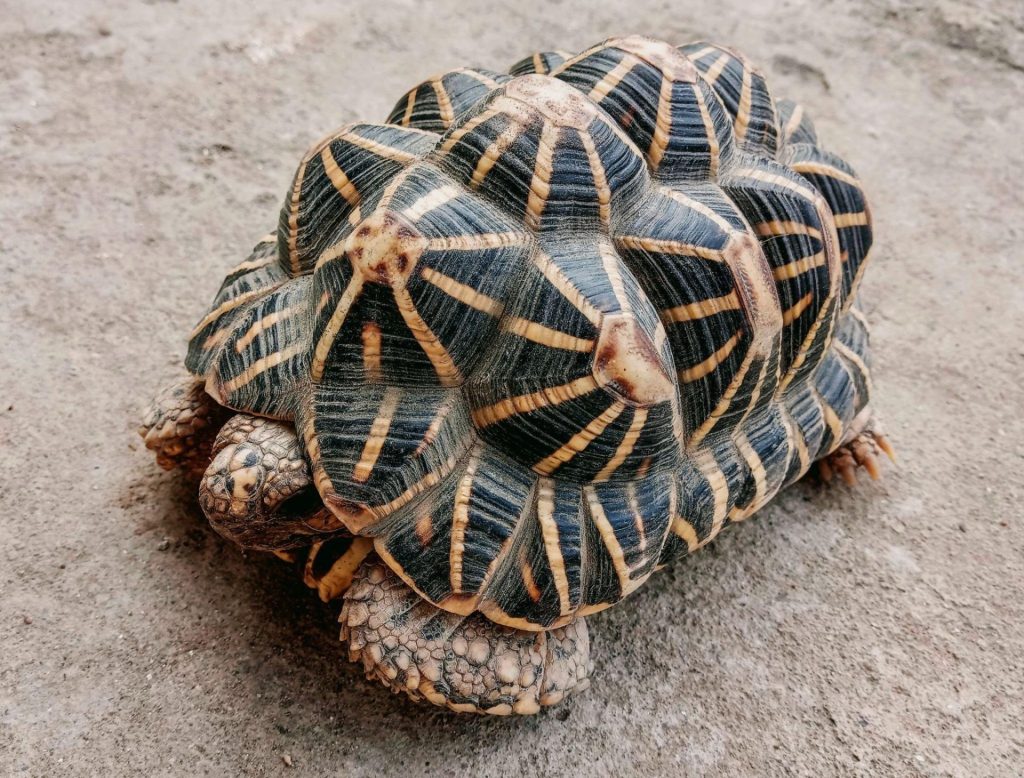
Before we delve into the causes and implications, let’s define what tortoise pyramiding is: Simply put, it’s an abnormality in shell growth that leads to the development of raised, pyramid-like protrusions on the shell’s individual scutes. While pyramiding can occur in different tortoise species, it’s most common in captive animals who don’t receive the proper care they require.
To better illustrate the concept, consider the difference between a smooth hill and a mountain range. A healthy tortoise shell should resemble the former, while a shell affected by pyramiding would look more like the latter. To capture the essence, imagine a series of small peaks emerging from what should have been a smooth surface.
Causes of Tortoise Pyramiding
When it comes to tortoise pyramiding, a host of factors can contribute to this unfortunate shell deformation. Let’s break down some of the most common causes, so you can better understand how to avoid or manage this condition in your own shelled companion.
Inadequate Diet
One of the main culprits behind tortoise pyramiding is an improper diet. Tortoises need a balanced diet rich in calcium and low in phosphorus to support healthy shell growth. Overindulgence in high-protein foods can disrupt this balance and lead to abnormal shell development. In other words, that protein-packed treat you’re giving could be doing more harm than good.
Poor Environmental Conditions
Humidity, or rather the lack of it, is another key factor that can lead to pyramiding. A too-dry environment can cause the shell to grow unevenly, creating the pyramid-like bumps. Similarly, inadequate UVB lighting can prevent your tortoise from synthesizing enough Vitamin D3, which is essential for proper calcium absorption.
Genetics
While not as common, genetics can play a role in the development of pyramiding. Some tortoise species are more predisposed to this condition than others, so it’s essential to research the specific needs of your tortoise’s breed.
Lack of Exercise
Believe it or not, exercise is crucial for a tortoise’s overall health, including its shell. Lack of physical activity can lead to muscle atrophy and poor circulation, both of which can indirectly contribute to pyramiding.
Health Implications of Tortoise Pyramiding
While a pyramided shell might seem like a mere aesthetic concern at first glance, the reality is far more troubling. Tortoise pyramiding isn’t just a cosmetic issue—it can have serious health repercussions that impact the quality and longevity of your tortoise’s life.
Short-term Effects
In the early stages, pyramiding may not show overt signs of discomfort or ill health in your tortoise. However, don’t let this lull you into a false sense of security. Even mild pyramiding can put undue stress on the tortoise’s internal organs and skeletal system. For instance, an irregularly shaped shell can cause difficulty in mobility, affecting your pet’s ability to forage or retreat into its shell for protection.
Long-term Effects
If left unchecked, tortoise pyramiding can have severe long-term consequences. It can lead to respiratory issues, make your tortoise more susceptible to injuries, and ultimately compromise its lifespan. A severely pyramided shell can even alter the animal’s center of gravity, making it more prone to tipping over, which is a significant concern, especially for larger species.
Understanding the health implications of tortoise pyramiding is crucial for every responsible tortoise owner. It’s not just about keeping your pet Instagram-worthy; it’s about ensuring a long, healthy, and happy life for your shelled friend.
How to Diagnose Tortoise Pyramiding
Detecting tortoise pyramiding early on is the first crucial step toward a healthier, happier life for your pet. Knowing what signs to look for and when to seek professional advice can make all the difference. So, how do you go about diagnosing this shell abnormality? Let’s explore.
Early Signs to Watch For
Pay close attention to the texture and shape of your tortoise’s shell. The first telltale signs of pyramiding include minor bumps or raised areas on the individual scutes of the shell. These bumps are usually softer than the surrounding shell material. A shell that should be smooth and dome-shaped starting to look uneven or jagged is a red flag.
When to Consult a Veterinarian
If you suspect your tortoise is showing signs of pyramiding, it’s time to consult a veterinarian who specializes in reptile care. An expert can perform specific tests, like X-rays or blood tests, to determine the severity of the condition and recommend a tailored treatment plan.
Tools and Tests Used for Diagnosis
Veterinarians may use a variety of diagnostic tools to assess the condition of your tortoise’s shell. These can range from basic visual examinations to more advanced techniques like radiography. Blood tests can also provide valuable information about any nutritional imbalances that might be contributing to pyramiding.
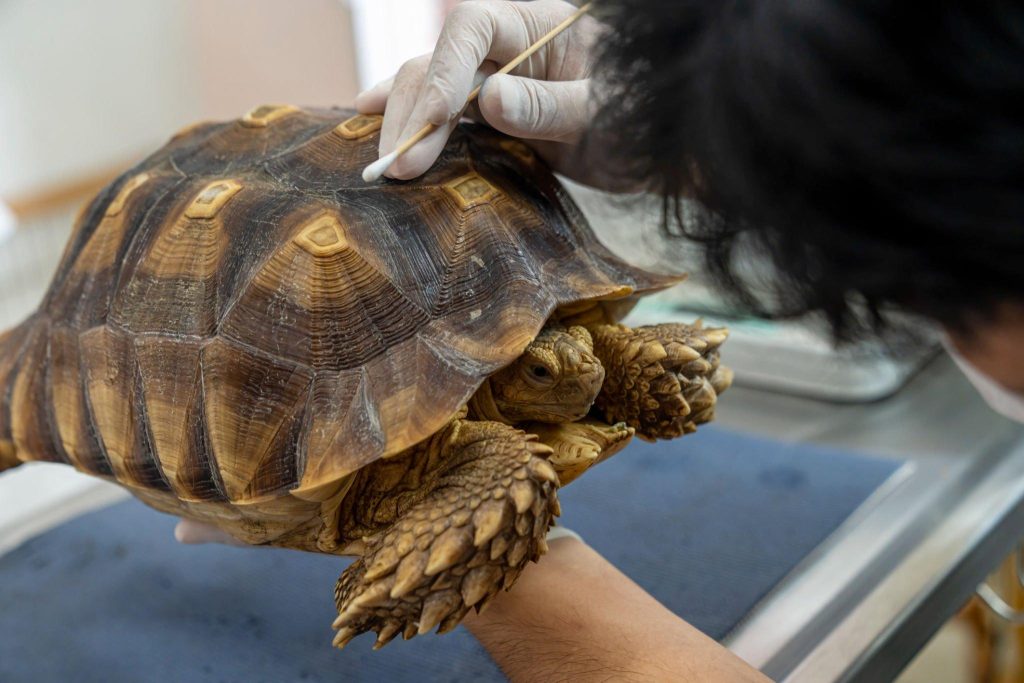
By being vigilant and proactive, you can catch tortoise pyramiding in its early stages and prevent it from escalating into a more severe health issue. The key is regular observation and prompt veterinary consultation.
Prevention and Treatment
Effective prevention and treatment of tortoise pyramiding hinge on a multi-pronged approach that addresses diet, environmental conditions, and activity level. Let’s break down how you can proactively safeguard your tortoise’s health and treat pyramiding if it has already started.
Proper Diet
The saying “you are what you eat” holds especially true for tortoises. To prevent pyramiding:
- High Calcium Foods: Incorporate foods rich in calcium like dandelion leaves, collard greens, and calcium supplements.
- Vitamin D Sources: Expose your tortoise to natural sunlight or provide UVB lighting to help them synthesize Vitamin D, essential for calcium absorption.
- Vitamin K Sources: Providing your tortoise with sources of Vitamin K like Basil will definitely help in the long run.
- Limit Protein: Avoid high-protein foods like dog or cat food, which can accelerate pyramiding. Stick to a natural herbivore diet of leafy greens and occasional fruits.
Suitable Living Conditions
Your tortoise’s habitat plays a critical role in preventing pyramiding.
- Humidity: Maintain a balanced level of humidity in the enclosure, especially for younger tortoises. A humidity level between 50-70% is usually recommended.
- UVB Lighting: If natural sunlight isn’t available, invest in quality UVB lamps to help your tortoise synthesize the required Vitamin D3.
Exercise and Activity
Regular physical activity helps in the even growth of the shell.
- Safe Space to Roam: Provide a secure enclosure with ample space for your tortoise to move around.
- Enrichment: Use toys or obstacles to encourage exploration and exercise.
Medical Treatments
If pyramiding has already started, consult a reptile veterinarian for a specialized treatment plan, which may include:
- Dietary Supplements: Additional calcium or Vitamin D supplements might be prescribed.
- Medications: In severe cases, medications to boost bone health could be recommended.
Understanding how to prevent and treat tortoise pyramiding can save you and your shelled friend from a lot of future distress. Proper diet, suitable living conditions, and adequate exercise are your best defenses against this condition.
Frequently Asked Questions (FAQs)
In the world of tortoise care, questions about pyramiding are common but often go unanswered. We’ve compiled a list of frequently asked questions to provide you with quick, clear, and accurate information.
1. Is Tortoise Pyramiding Reversible?
Unfortunately, once the shell has pyramided, the condition is irreversible. However, with proper care and treatment, you can prevent it from worsening and affecting your tortoise’s health further.
2. What Age Do Tortoises Start Showing Signs of Pyramiding?
Tortoises can start showing signs of pyramiding as early as their first year, especially if they are not receiving the right nutrients and environmental conditions. Early detection is key to managing this condition.
3. Can Pyramiding Occur in Wild Tortoises?
While pyramiding is far more common in captive tortoises due to diet and habitat control, it can occur in the wild, although it’s quite rare.
4. How Often Should I Check My Tortoise for Signs of Pyramiding?
Regular checks are essential. A monthly in-depth examination is a good routine, but you should also be observing your tortoise’s shell and overall condition on a daily basis.
5. Is Pyramiding Painful for Tortoises?
The consensus among veterinarians and experts is that mild pyramiding is not painful but could lead to health complications that cause discomfort or suffering in the long term.
Conclusion
As we’ve navigated the intricate world of tortoise pyramiding, it’s evident that this condition is not to be taken lightly. Understanding the signs, causes, and implications of tortoise pyramiding is essential for any responsible tortoise owner. With early diagnosis and proactive management, you can minimize the effects and ensure a healthier, happier life for your shelled companion.
Taking care of a tortoise goes beyond offering food and a place to live; it involves meticulous attention to their diet, environmental conditions, and even exercise routine. Remember, prevention is always better than cure. By staying educated and vigilant, you can avert the risk of tortoise pyramiding and contribute to your pet’s long-term well-being.
So, the next time you find yourself admiring that smooth, dome-shaped shell, know that keeping it that way involves a commitment to the holistic care of your tortoise. Let this guide serve as your comprehensive resource in preventing, diagnosing, and treating this complex but manageable condition.
